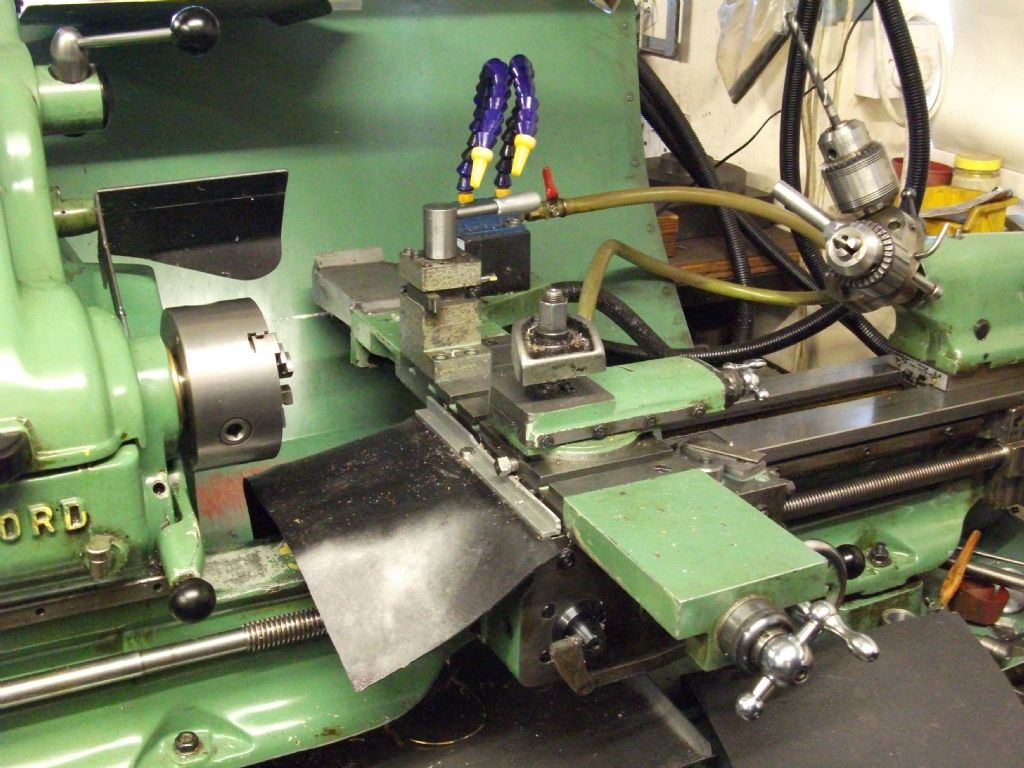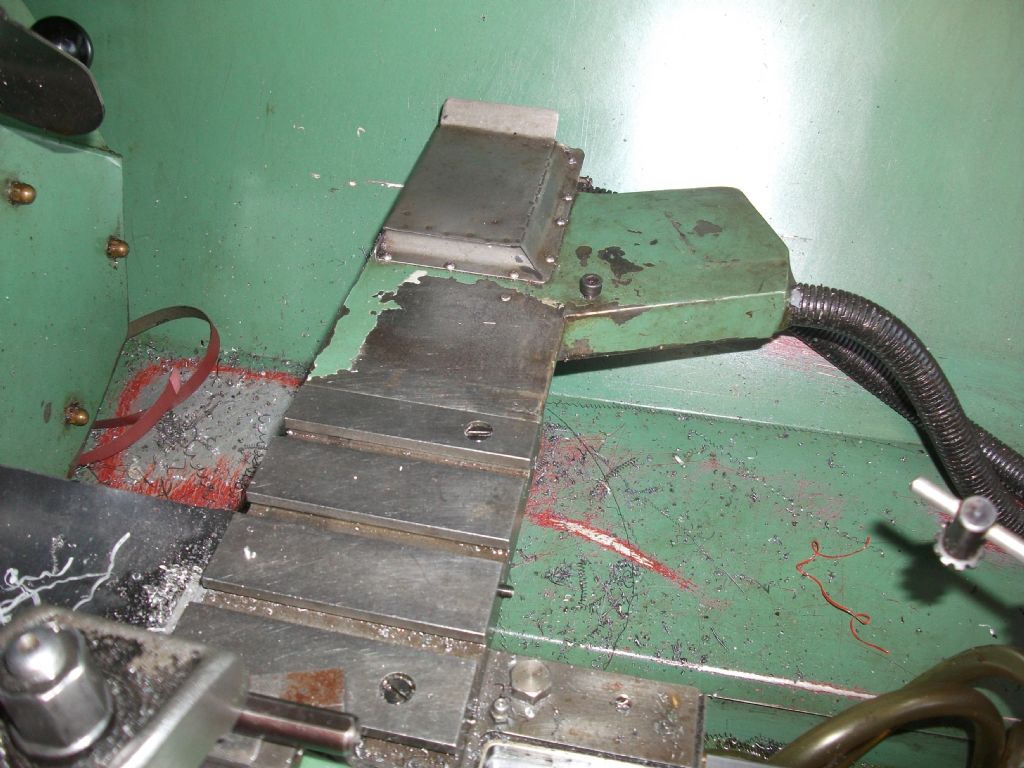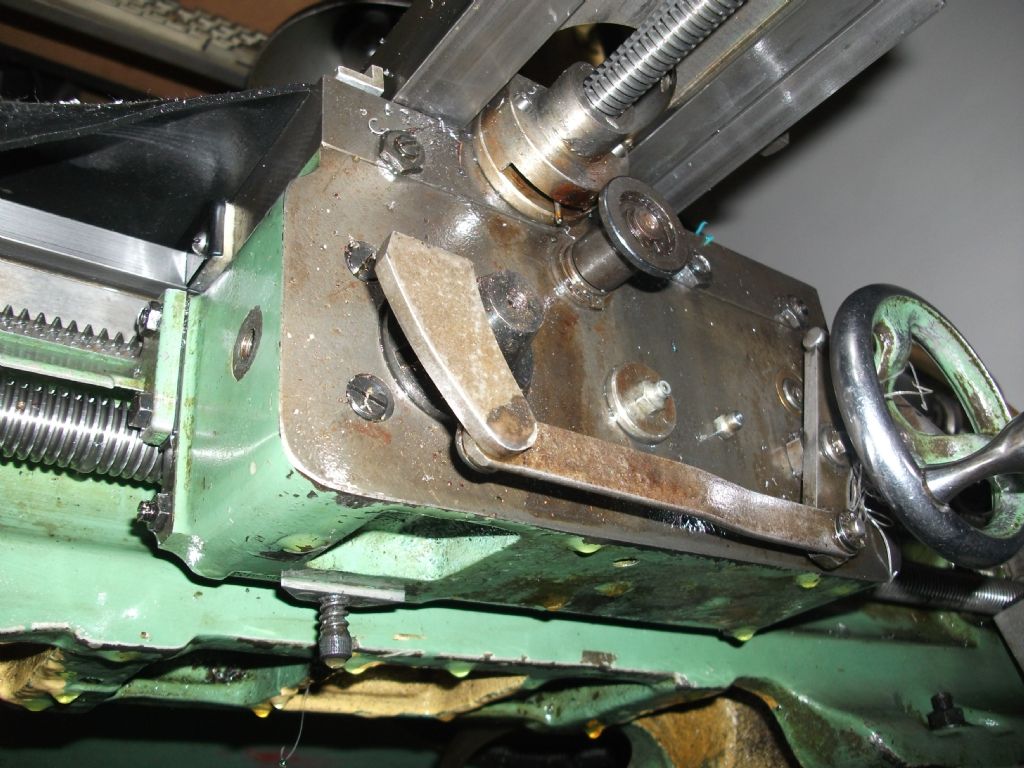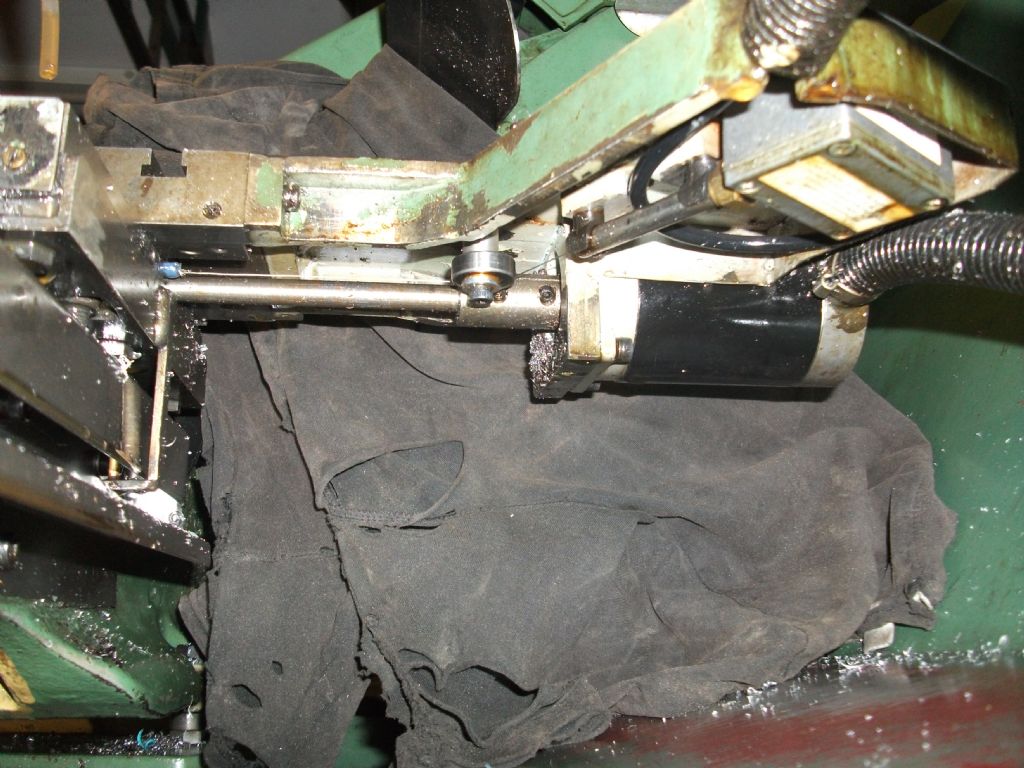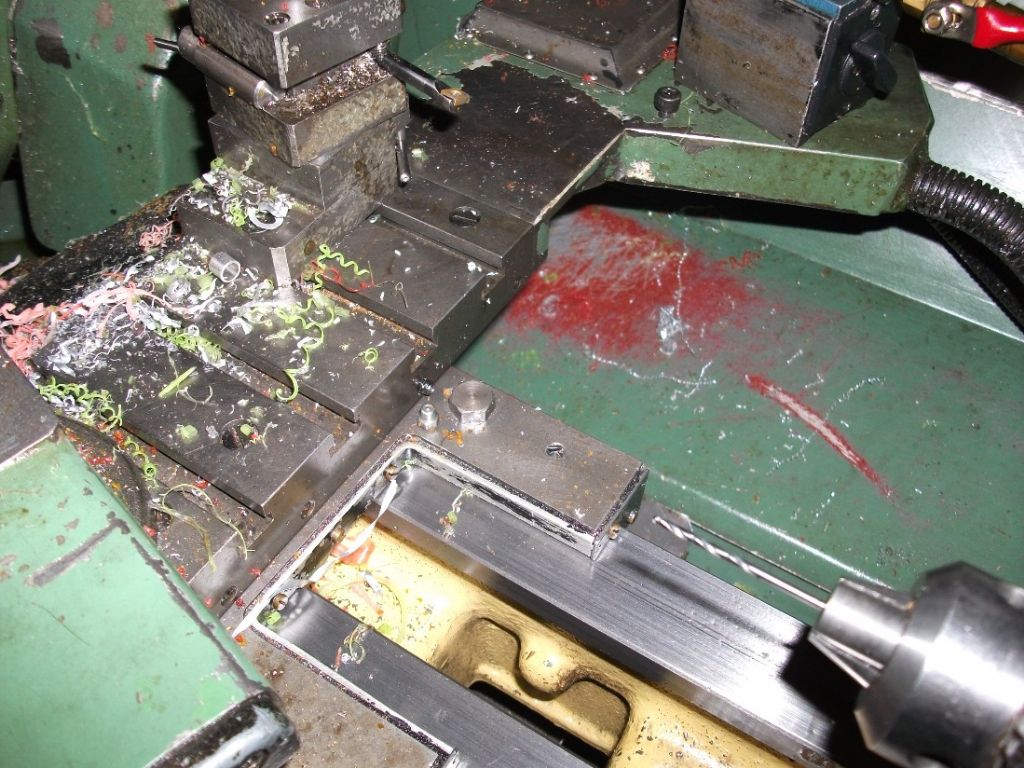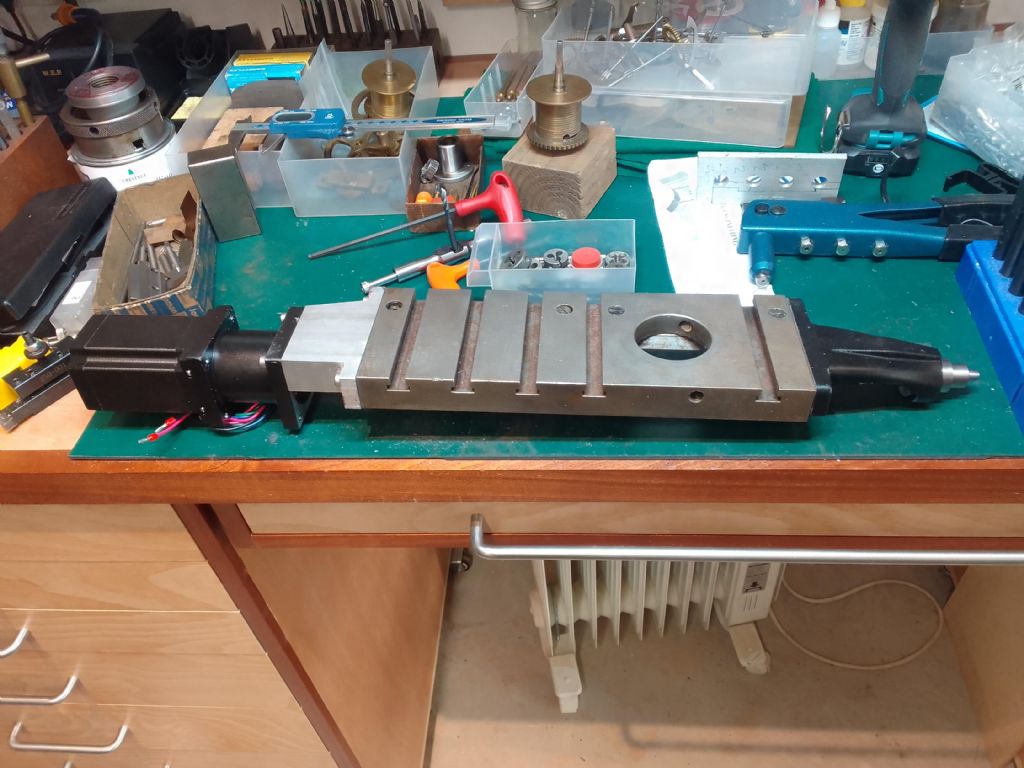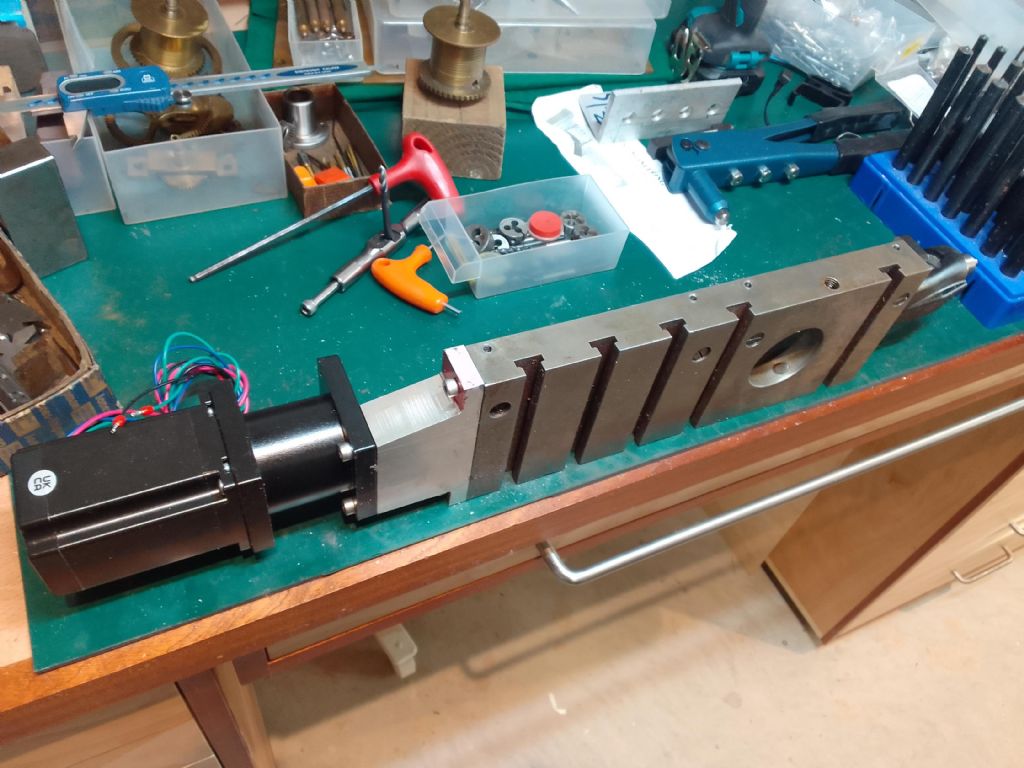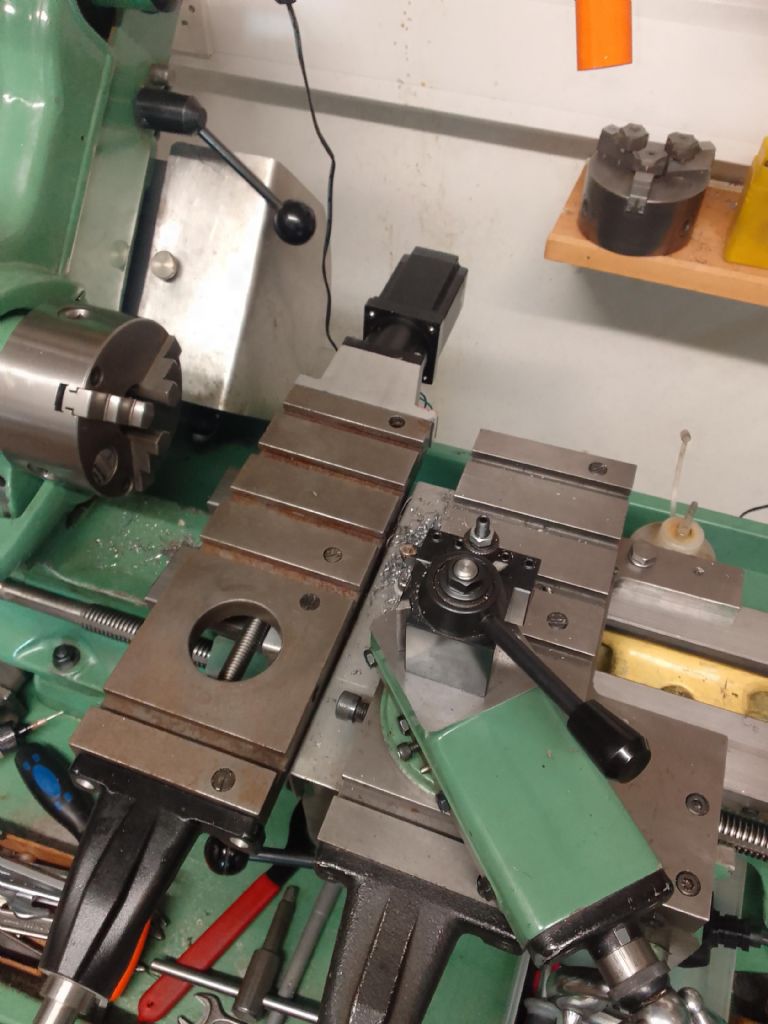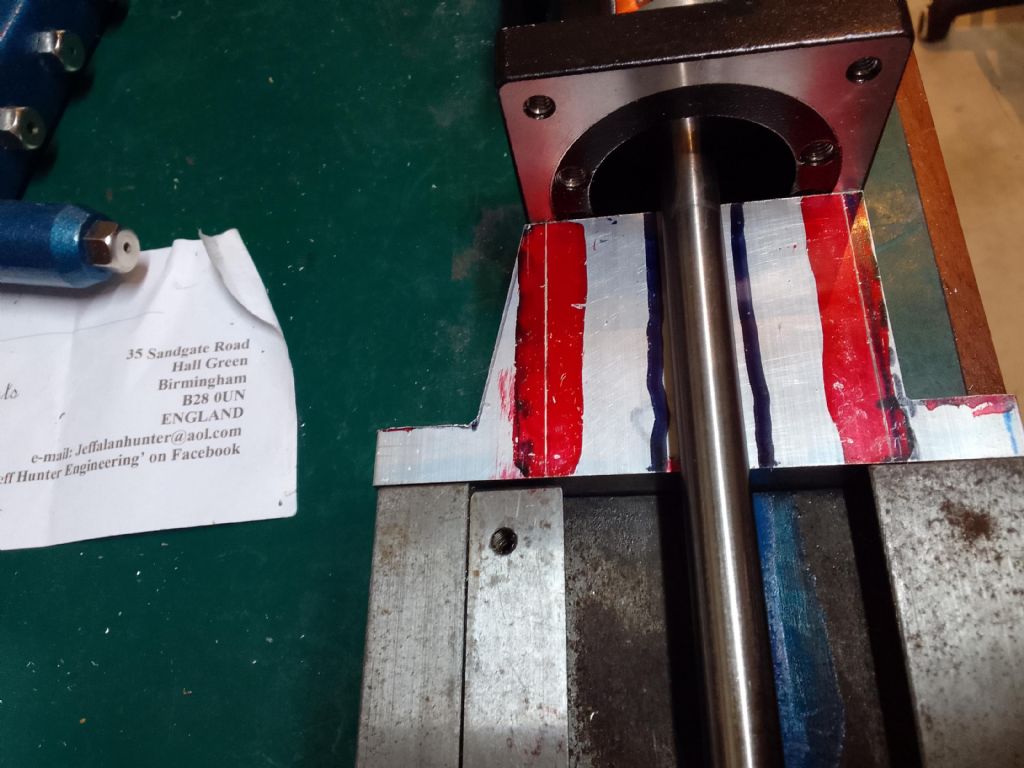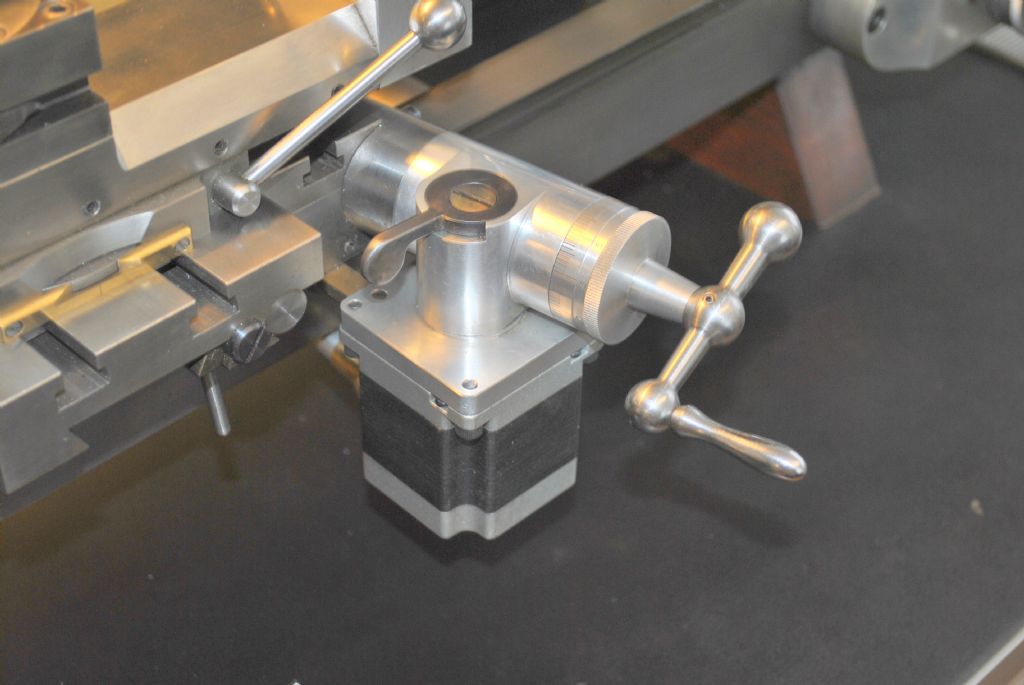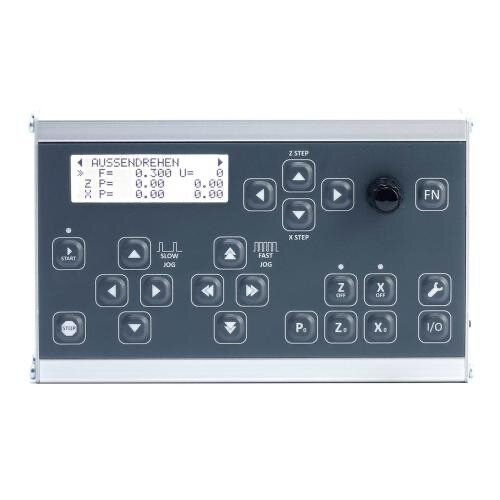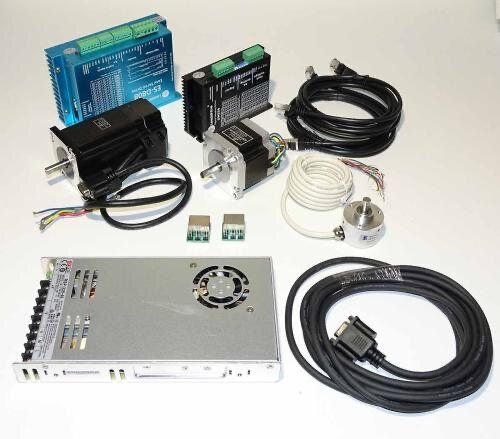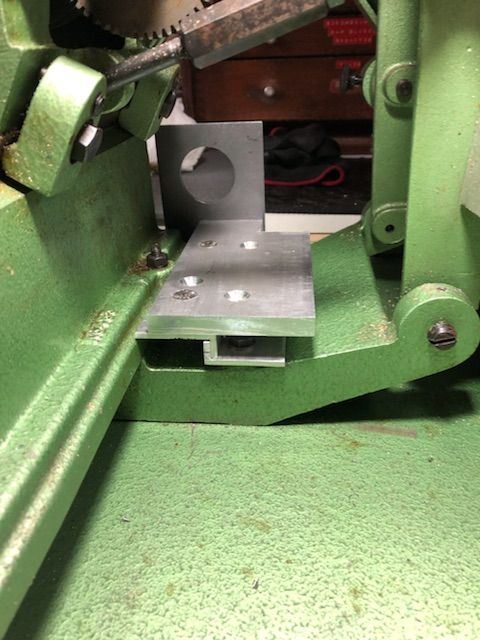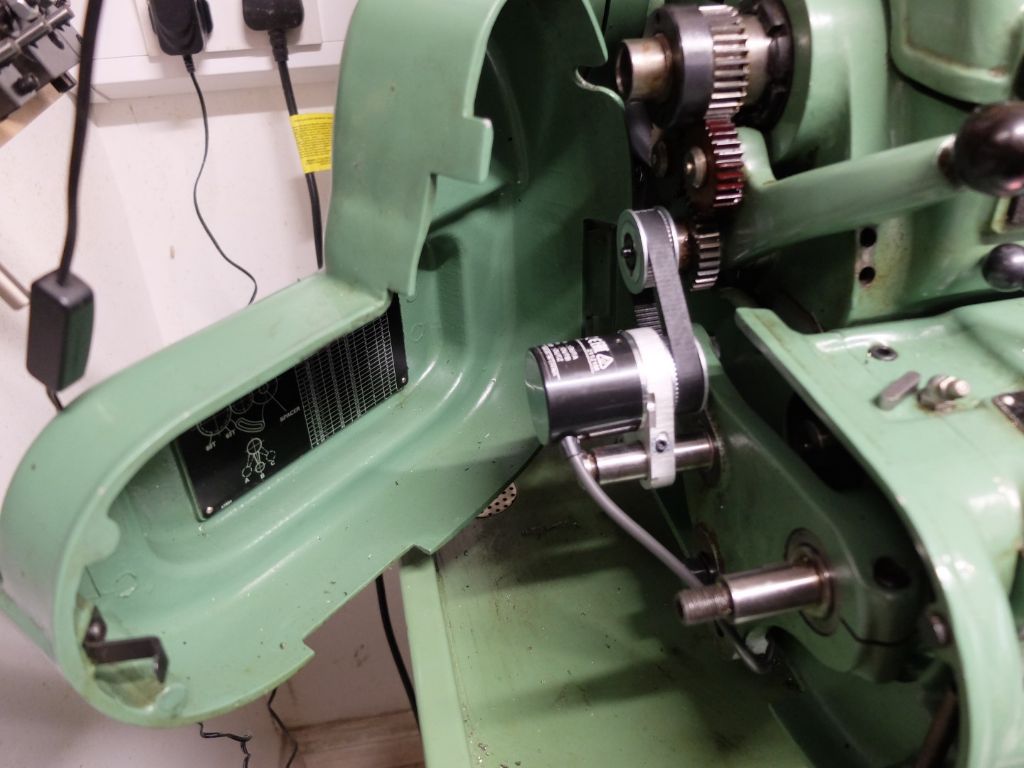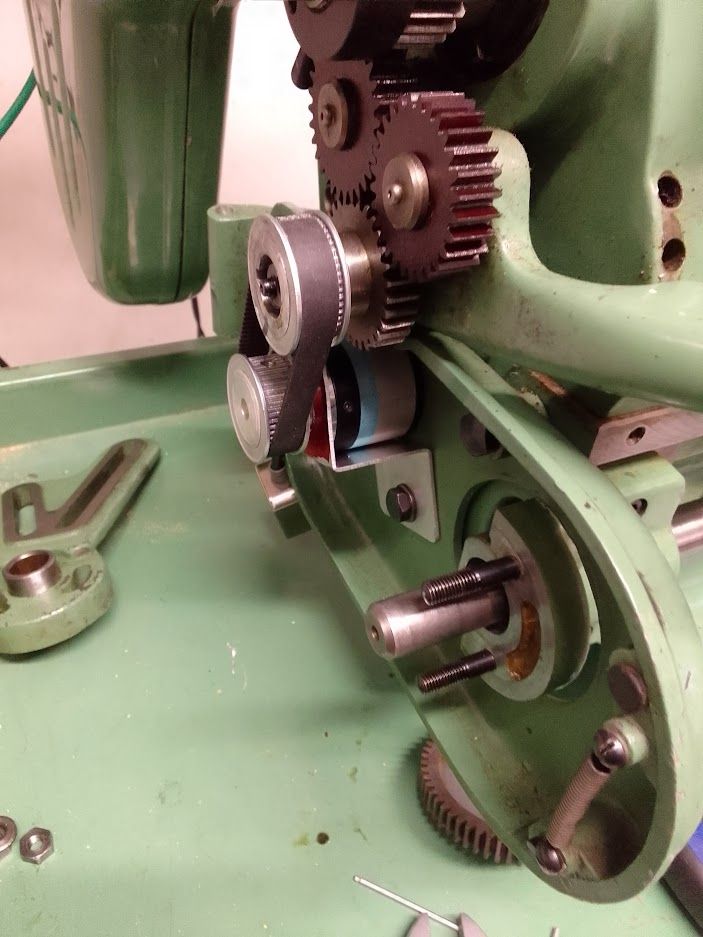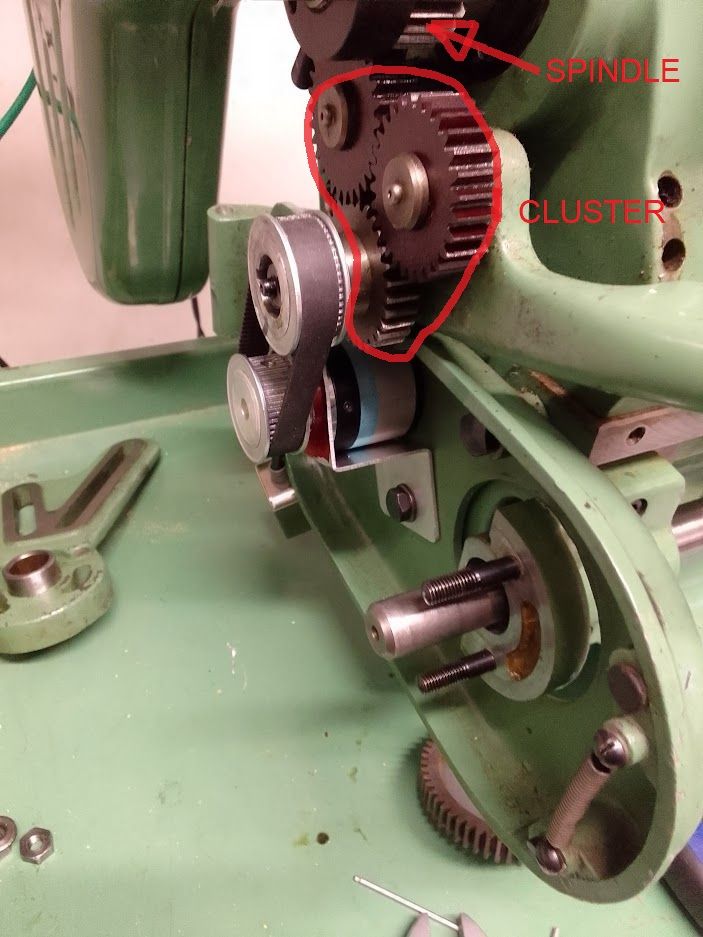Myford S7 with stepper on cross-slide
Myford S7 with stepper on cross-slide
- This topic has 38 replies, 9 voices, and was last updated 10 May 2023 at 11:00 by
 Dell.
Dell.
- Please log in to reply to this topic. Registering is free and easy using the links on the menu at the top of this page.
Latest Replies
Viewing 25 topics - 1 through 25 (of 25 total)
-
- Topic
- Voices
- Last Post
Viewing 25 topics - 1 through 25 (of 25 total)
Latest Issue
Newsletter Sign-up
Latest Replies
- Steam pressure using thermistor
- Building Bernard Tekippe’s Precision Regulator
- taper pins
- Measuring increments on boring head
- Myford Super 7 restoration problem.
- Half Scale 1/4HP A J Weed Engine
- Autodesk Fusion Discount
- DIY Pendulum Timer – GPS-Synced Beat Analyser
- Damp proofing concrete floors
- Contact Details for the family of Alan Barnes


